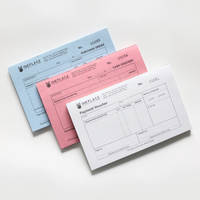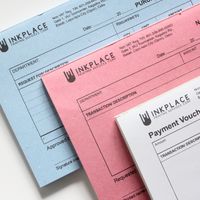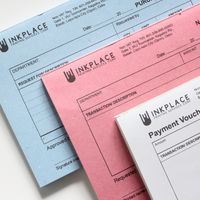
What is Duplication Printing?
Duplication printing, particularly in today's digital age, typically refers to the utilization of a digital duplicator. This advanced and specialized printing machine has been engineered to provide an efficient and cost-effective solution for short- to medium-run print jobs. It offers an impressive combination of speed and quality, making it an ideal choice for businesses and organizations looking to produce a significant volume of printed materials in a shorter timeframe without compromising on quality.
The digital duplicator is designed to streamline the printing process, ensuring that even large quantities can be produced quickly and at a lower cost compared to traditional printing methods.

How Does It Work?
A digital duplicator serves as a remarkable hybrid device, skillfully merging the functionalities of a traditional copier with those of a contemporary printing press. This unique integration results in an incredibly versatile tool that is well-suited for addressing a wide range of printing needs across various industries and applications. The entire process unfolds in a series of essential stages, each playing a pivotal role in producing high-quality prints efficiently:
Master Creation > Ink Transfer > High-Speed Duplication
Key Advantages
Duplication printing has gained popularity for several compelling reasons that cater to the needs of diverse clients
Fast Turnaround - With no necessity for plates or extensive setup, the printing process is significantly accelerated, allowing for quicker project completion.
Cost-Effective for Small Runs - Digital printing is more economical, especially for printing small to medium quantities, enabling cost-saving options for businesses with limited print requirements.
Personalization - The technology allows for variable data printing, meaning that each printed piece can be customized to be unique—whether it be different names, addresses, or images—adding a personal touch to each output.
See samples of Duplication Printing


















